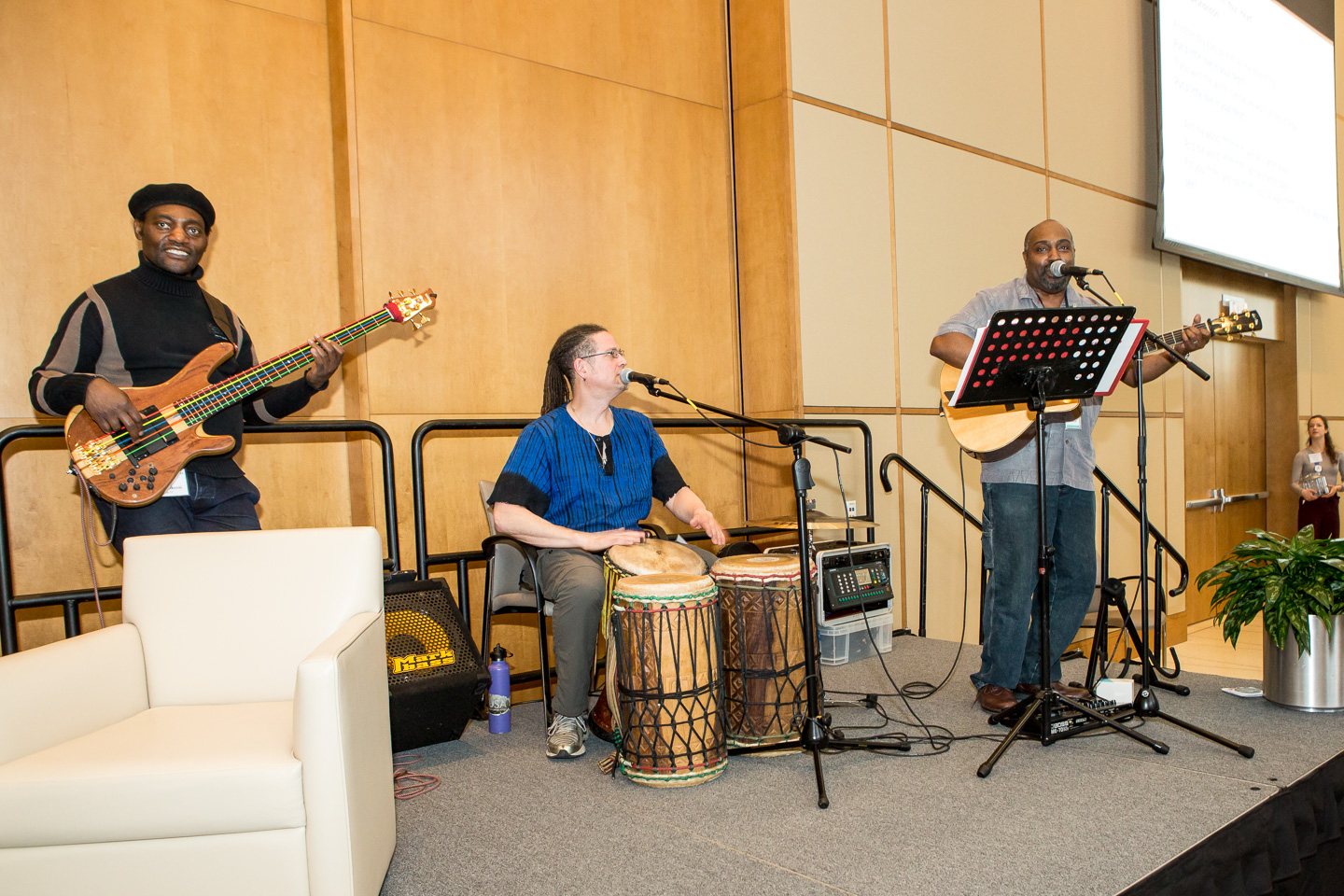
Pictured: ShooBooty, captured by Eric Shropshire.
This update is fourth (and last) in a series of blog posts we are curating in response to Chicago’s declining arts vibrancy as reported by SMU DataArts. Check out posts one, two, and three for more information and analysis.
In part 3 of this series, Chicago’s declining arts vibrancy – innovation as creativity, we explored emerging ideas of what creative economies, particularly in Chicago, can do to support local arts and culture. In Illinois there are an estimated 532,017 internet creators. Their earnings from those activities contributed $187,819,859 to Illinois’ economy in 2016.
As the adage goes, “you can’t measure what you can’t see.” The Arts & Business Council of Chicago posits that SMU DataArts may not fully recognize the vibrancy of Chicago’s arts and culture if they are not counting the number of artmakers in a community that are not specifically structured as a 501(c)3 nonprofit organization. SMU DataArts’s assessment of cultural vibrancy doesn’t “see” solo practioners, independent producers, or private entities not organized as a 501(c)3 nonprofit organization.
The Arts & Business Council of Chicago fully recognizes it too needs to put more support behind these unseen artmakers.
Armed with a hypothesis, we recently set out to understand how A&BC engages with under-resourced areas in our city. We overlay our client map on the Field Foundation of Illinois’s heat maps (geographic representations of a study area that includes the most under-resourced areas of Chicago) to see how many 501(c)3 nonprofit arts and cultural organizations we serve in the study area. There was barely any cross over. The residents in the Field Foundation’s study area are less than 10% Caucasian, which leads us to understand that racial inequity may be a part of the surveyed decline in Chicago’s artistic vibrancy. We know through market research there is incredible art happening in these communities! However, in taking time to listen to artmakers in the Field Foundation’s study area, we are hearing that more and more individuals and organizations in under-resourced areas are choosing not to incorporate as 501(c)3 nonprofit organizations, but rather private entities. Does that mean we shouldn’t recognize their vibrant contributions to our city’s culture? Not in the slightest.
The Arts & Business Council of Chicago agrees with SMU DataArts that as art makers and service organizations, “arts and culture contribute to social wellbeing and are essential to creating more livable, safe, memorable, and connected communities.” But we are failing by only counting those art makers who have chosen to be 501(c)3 nonprofit organizations. In its current state, the 501(c)3 has too many strings and privileges attached, and there are dozens of other platforms and principles to run an operation.
So, what’s next? Although the Arts & Business Council of Chicago recognizes the severity of all of the contributing factors we have addressed in this blog series, we are joining the ranks of our colleagues and peers in Chicago to address racial equity. We fully recognize that we have a massive amount of work to do to dismantle racist structures in our direct work and the communities we serve. We are just starting to have these tough conversations. Over the next 12 months, we will be engaged with Justice Informed to complete an organizational audit of our policies and operations and craft a statement of racial equity. Chicago has consistently remained one of the most segregated areas in the United States since 1990 and it’s time to change that. We know our city, we love our city, and we’re certain that Chicago could be the most vibrant arts community in the United States. It is our hope that investing time and resources into minimizing perpetuated racial inequities within our work and the arts and cultural sector at large will do just that.
